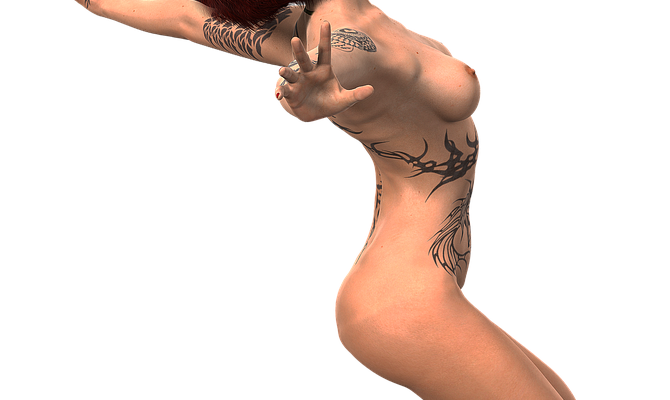The Intersection of Technology and Art
Technology and art have long been intertwined, with advancements in one often leading to innovations in the other. This intersection has perhaps never been more apparent than in the realm of 3D character design.
Evolution of 3D Character Design
The field of 3D character design has come a long way since its inception. Early computer graphics were limited in their ability to create realistic characters, with stiff movements and flat textures. However, as technology has advanced, so too has the art of 3D character design.
With the development of powerful software like Autodesk Maya and Blender, artists now have the tools to create incredibly lifelike characters with complex movements and detailed textures. These programs allow for precise manipulation of every aspect of a character’s design, from the shape of their body to the expression on their face.
The Role of Technology in 3D Character Design
Technology plays a crucial role in every aspect of 3D character design, from the initial concept to the final rendering. Artists can use digital sculpting tools to create intricate models of their characters, adding details like wrinkles, scars, and hair with ease.
Motion capture technology allows artists to capture the movements of real actors and apply them to their digital characters, creating more realistic and expressive animations. This technology has been used in blockbuster films like Avatar and The Lord of the Rings to bring fantastical creatures to life on the screen.
The Future of 3D Character Design
As technology continues to advance, the future of 3D character design looks brighter than ever. Virtual reality and augmented reality are becoming more prevalent in the industry, allowing artists to create immersive experiences for viewers on a whole new level.
Advances in artificial intelligence and machine learning are also changing the game for 3D character design. AI algorithms can be trained to generate realistic textures and movements for characters, saving artists time and allowing them to focus on more creative aspects of their work.
Challenges in 3D Character Design
While technology has opened up a world of possibilities for 3D character design, it also poses some challenges for artists. The learning curve for new software and tools can be steep, requiring artists to constantly adapt and learn new skills to stay relevant in the industry.
Additionally, the demand for high-quality 3D character design is increasing, putting pressure on artists to deliver innovative and unique creations. Competition in the field is fierce, with talented artists from around the world vying for coveted positions at top studios.
Overcoming Challenges in 3D Character Design
To stay ahead in the field of 3D character design, artists must be willing to adapt and embrace new technologies. Continuing education and training are key to keeping up with the latest trends and techniques in the industry.
Networking with other artists and industry professionals can also help artists stay informed about new opportunities and advancements in 3D character design. Collaboration is essential in this field, as artists often work in teams to bring their creations to life.
The Impact of 3D Character Design on Popular Culture
3D character design has had a profound impact on popular culture, influencing everything from blockbuster films to video games to advertising. Iconic characters like Gollum from The Lord of the Rings and Buzz Lightyear from Toy Story have become household names, thanks to the skill and creativity of talented 3D character designers.
In the world of gaming, 3D character design is a crucial element in creating immersive and engaging experiences for players. Games like Fortnite and The Legend of Zelda: Breath of the Wild feature stunningly realistic characters that draw players into their virtual worlds.
In advertising, 3D character design is used to create memorable mascots and brand ambassadors that connect with consumers on a personal level. Characters like the Geico Gecko and the Pillsbury Doughboy have become beloved symbols of their respective brands, thanks to their appealing designs and personalities.
Conclusion
The intersection of technology and art in 3D character design has opened up a world of possibilities for artists and creators. With the advent of powerful software, motion capture technology, and artificial intelligence, artists now have the tools to bring their wildest imaginations to life in stunning detail.
The future of 3D character design holds limitless potential, as new technologies and techniques continue to evolve and improve. As artists continue to push the boundaries of their craft, we can expect to see even more groundbreaking creations in the world of 3D character design.
